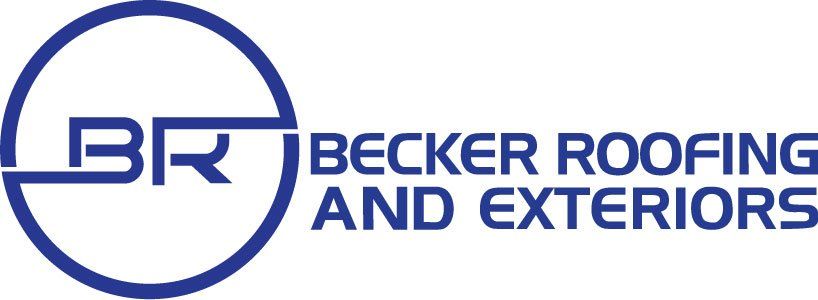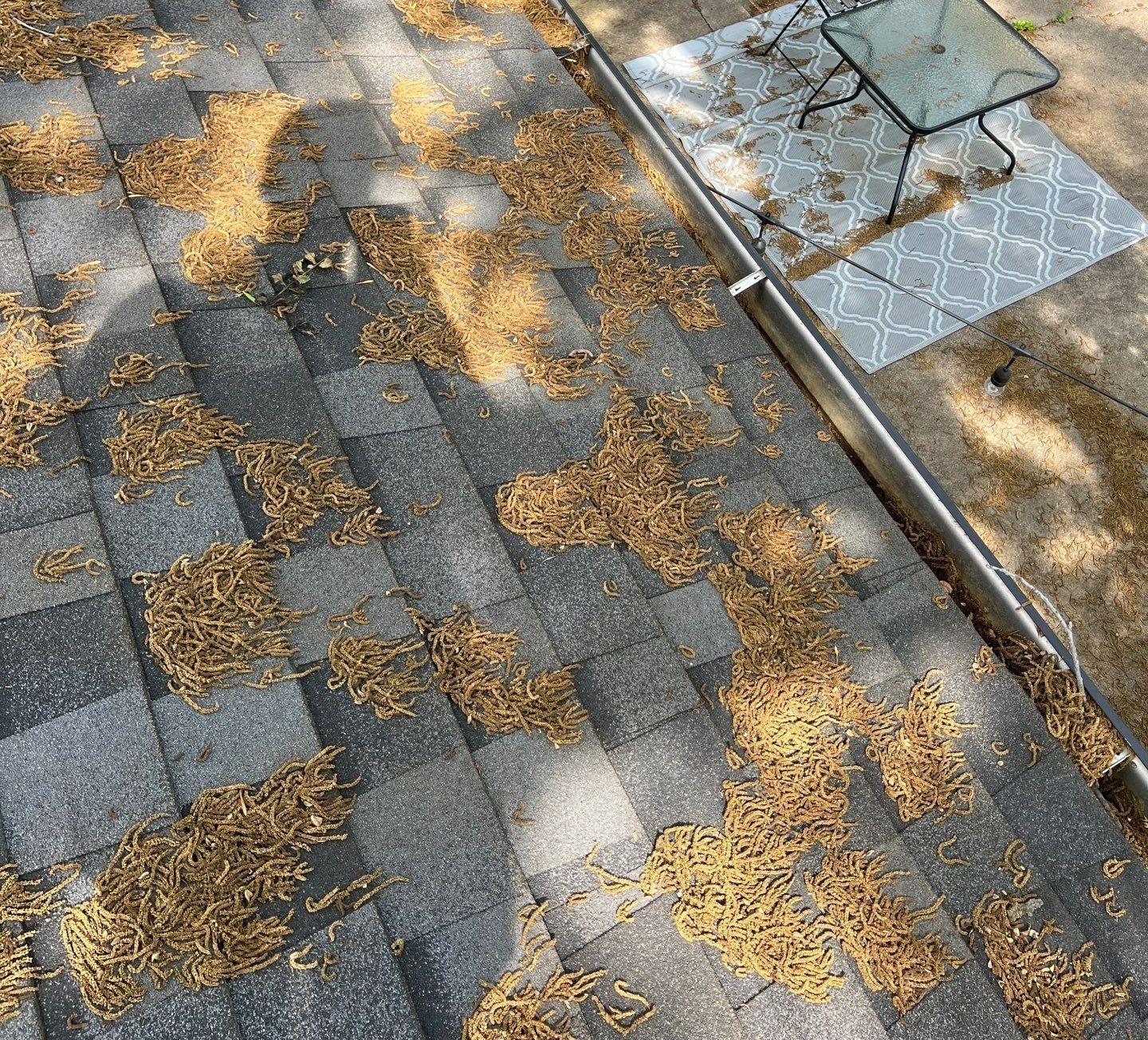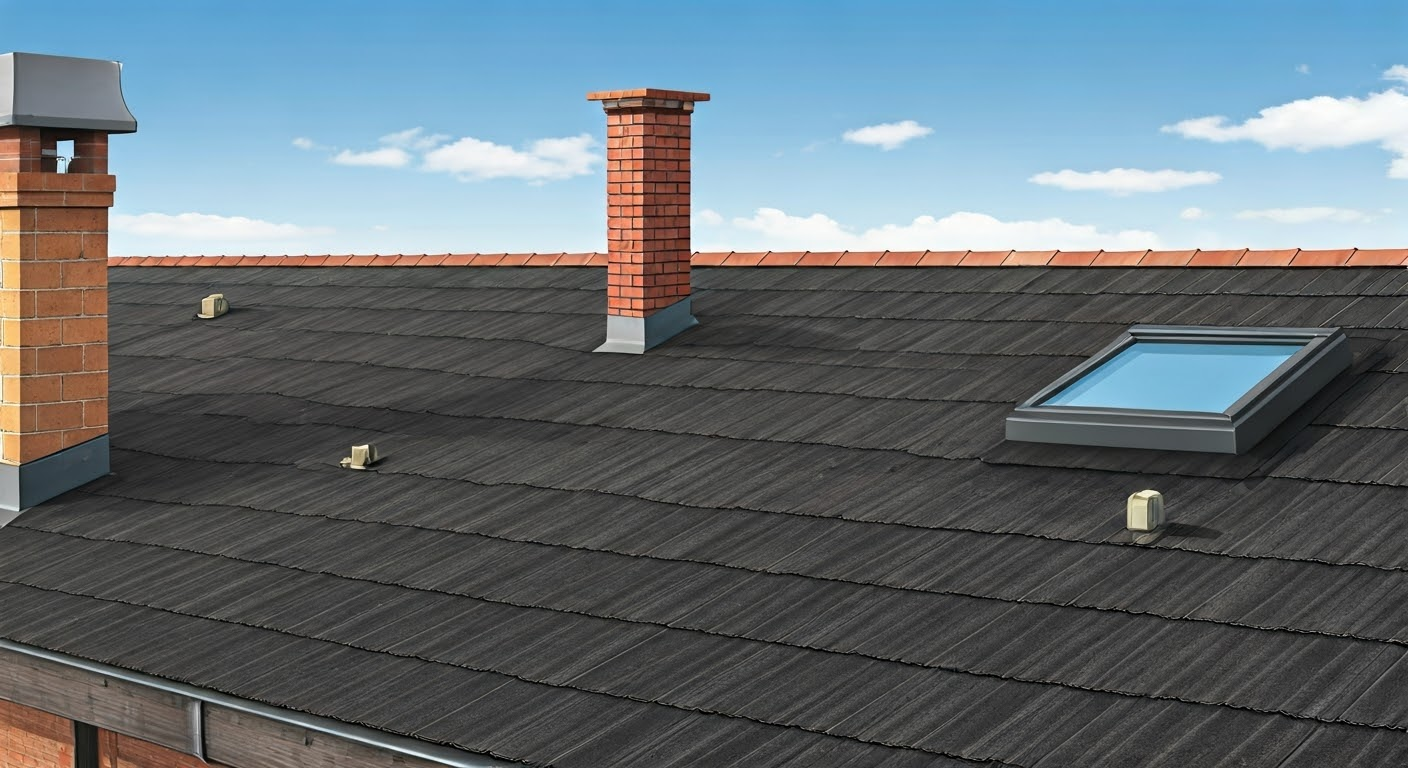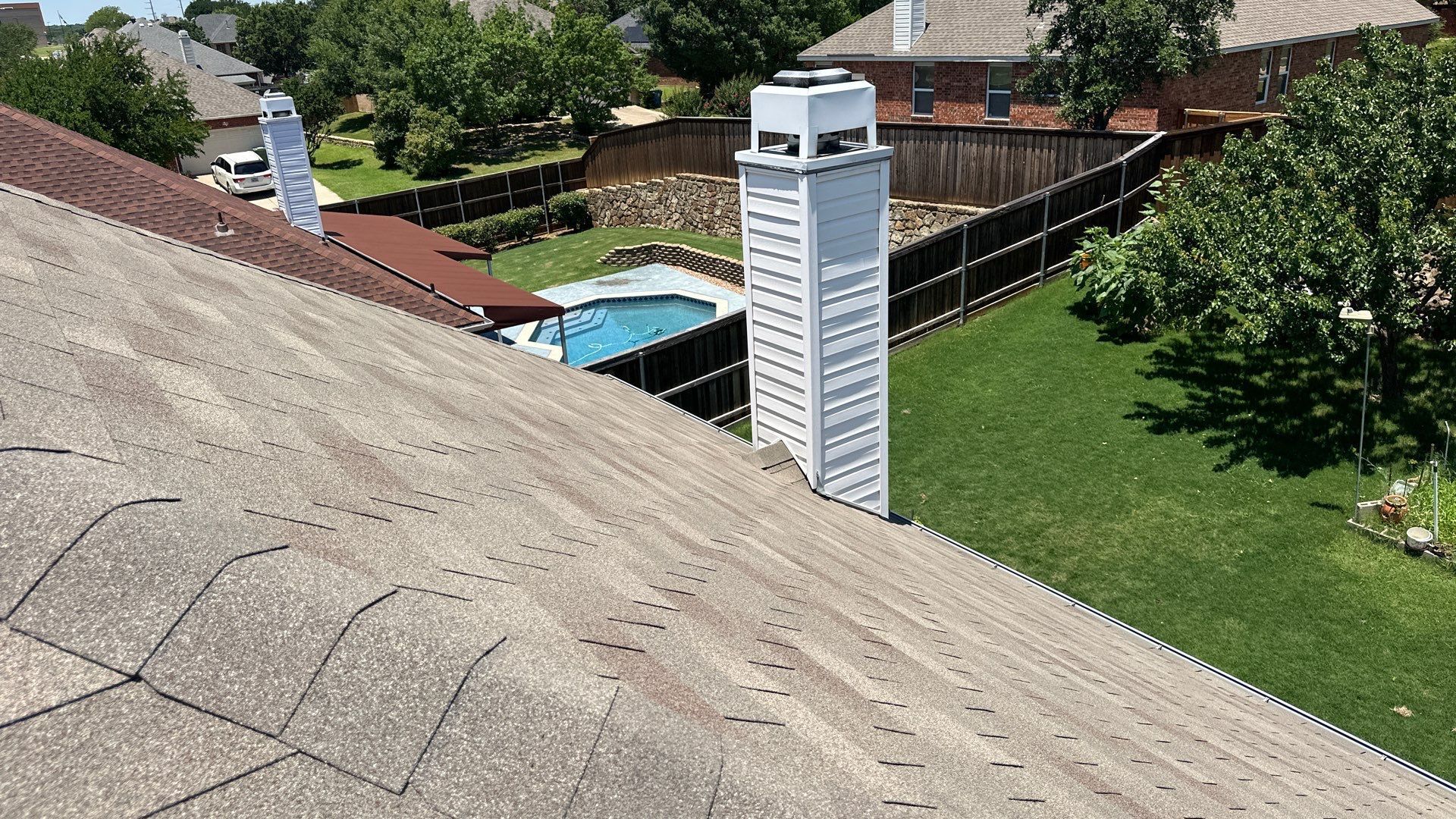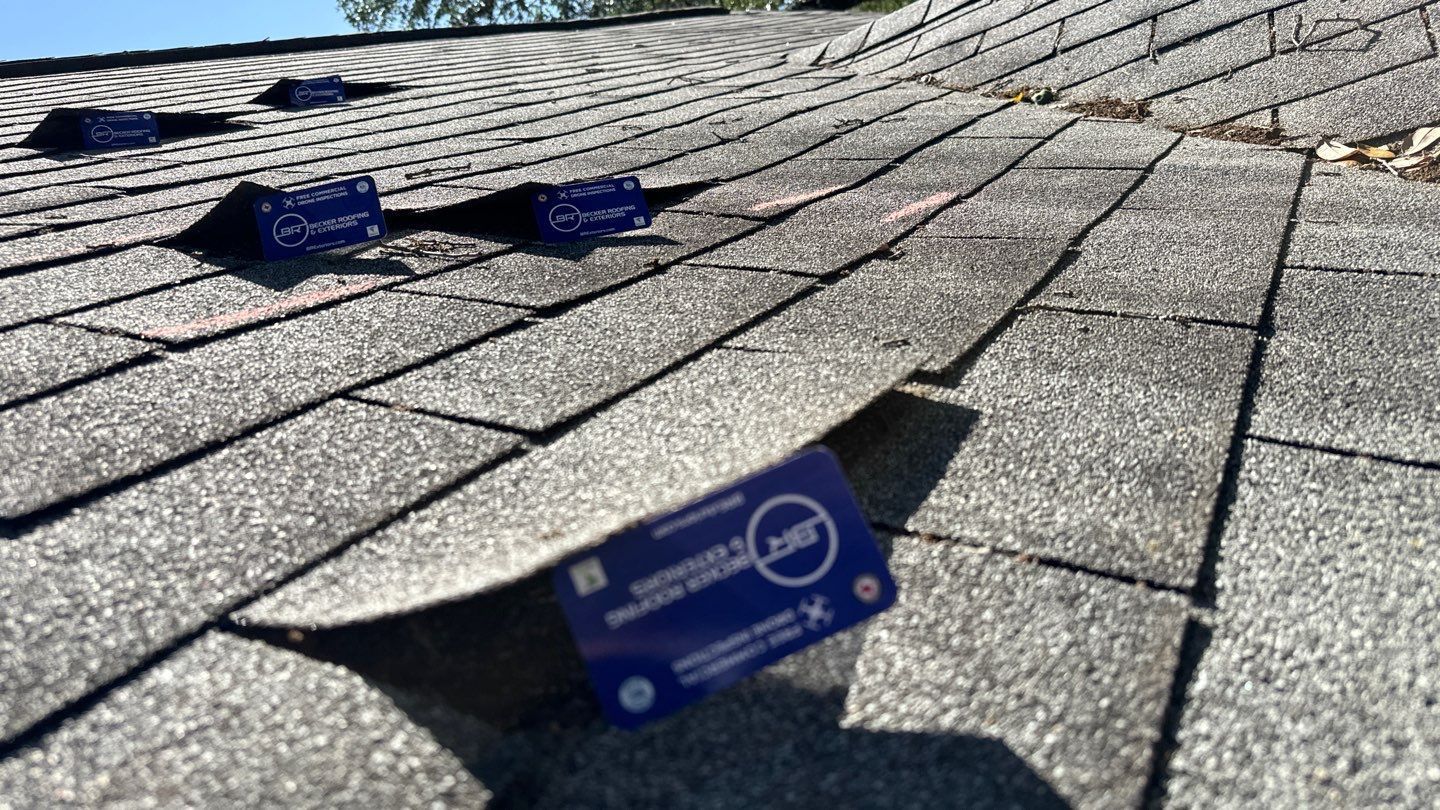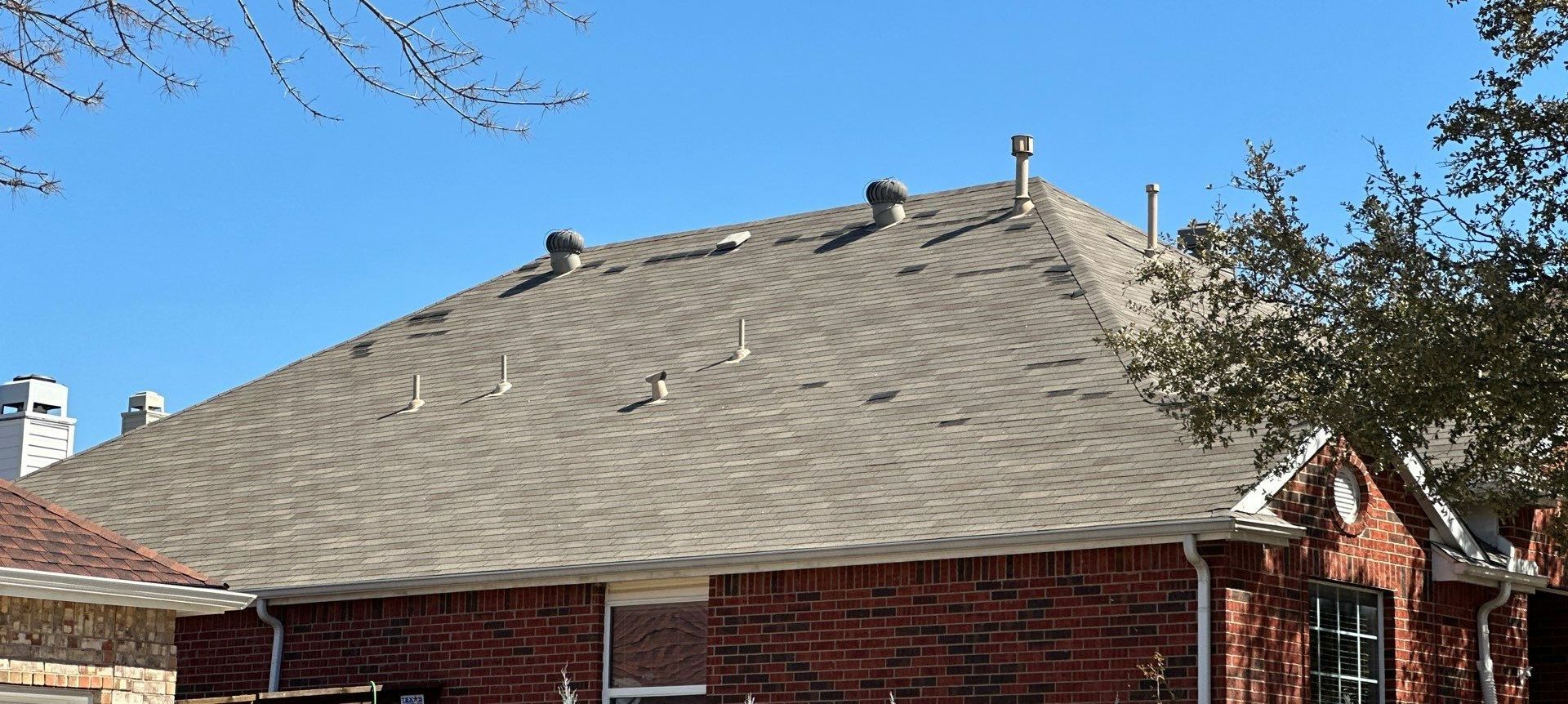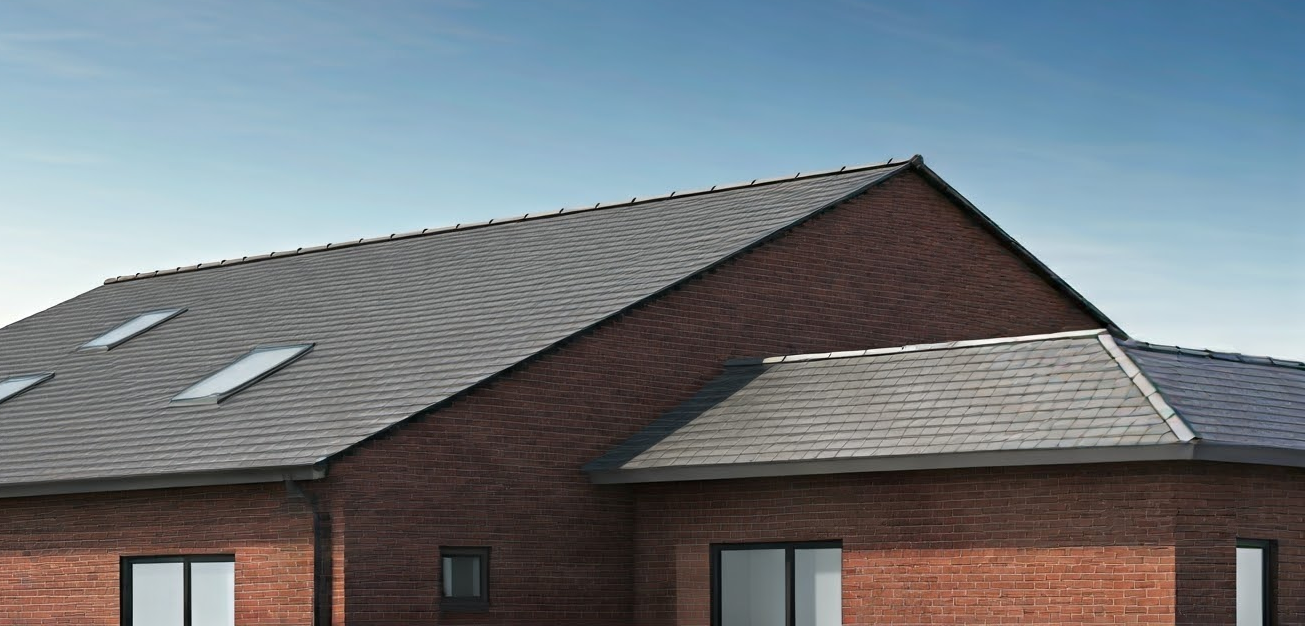Lower Deductible in Texas: Using ACV Amounts Guide
Explore the process of utilizing the ACV amounts of money to offset the deductible in Texas. Visit our blog for detailed guidelines.
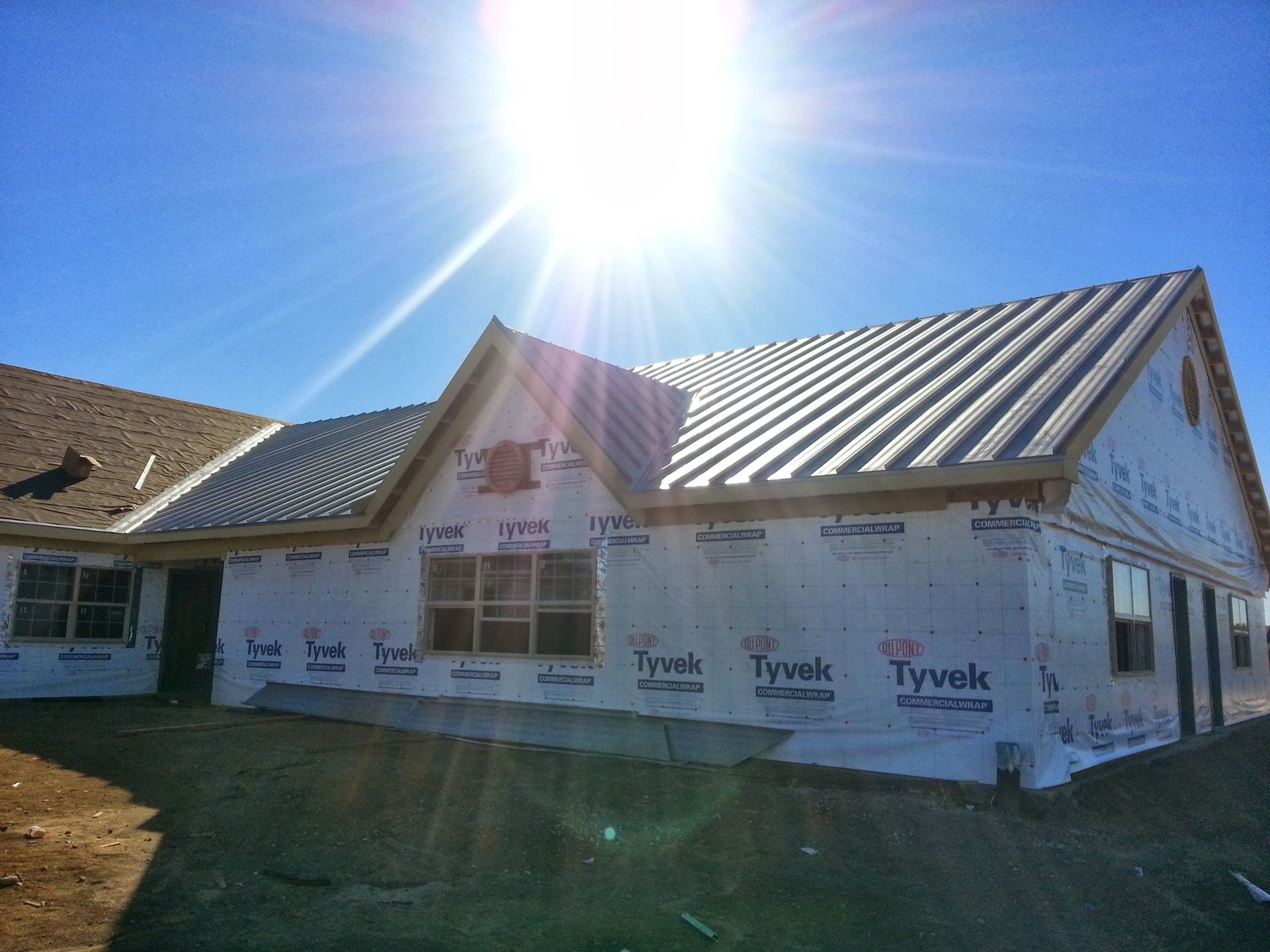
Guidelines for Using ACV to Lower Deductible in Texas
Key Highlights
- Understanding insurance deductibles in Texas is important for homeowners.
- Actual Cash Value (ACV) is a key concept in insurance policies.
- ACV is the cost to replace property with new property of similar kind and quality, minus any depreciation.
- Deductibles are amount that the insured must pay before the insurance company will pay claim.
- There legal ways to lower your deductible in Texas, including utilizing ACV and considering trades that can offset the deductible.
- DIY projects and insurance claims should be approached with caution.
Introduction
Homeowners in Texas are familiar with the importance of insurance coverage, particularly when it comes to protecting their property. One aspect of insurance policies that homeowners need to understand is the deductible. The deductible is the amount that the insured must pay out of pocket before the insurance company will pay a claim. It is important for homeowners to know that there are legal ways to lower their deductible in Texas, and one such method is by utilizing Actual Cash Value (ACV). This blog will provide guidelines for homeowners on how to use ACV to lower their amount of your deductible in Texas, as well as other important information about insurance deductibles and roof replacement claims.
Understanding Insurance Deductibles in Texas
Before diving into the details of how to lower your deductible using ACV, it is important to have a basic understanding of insurance deductibles in Texas. A deductible is the amount of money that the insured must pay before the insurance company will pay a claim. In Texas, insurance deductibles can vary depending on the type of insurance policy and the specific terms and conditions outlined in the policy. Homeowners in Texas should familiarize themselves with the details of their insurance policy to understand the deductible amount and any applicable rules and regulations.
The Basics of Insurance Deductibles
Insurance deductibles are an important aspect of insurance coverage. They determine the amount of money that the insured must pay out of pocket before the insurance company will cover the remaining cost of a claim. The deductible amount can vary depending on the type of insurance policy and the specific terms and conditions outlined in the policy. It is important for homeowners to carefully review their insurance policy to understand the deductible amount and any applicable rules and regulations from their insurer. In the context of roof replacement claims, homeowners should be aware of the actual cost of the replacement and how much they will be responsible for paying before their insurance coverage kicks in.
Texas Laws on Insurance Deductibles
In Texas, there are specific laws and regulations regarding insurance deductibles. These laws are in place to protect the rights and interests of homeowners and ensure fair practices in the insurance industry. For example, it is prohibited for a roofing contractor to waive an insurance coverage deductible in Texas. This law was put in place to prevent roofing professionals from cutting corners and using lower quality materials or inflated costs to cover the deductible. Homeowners in Texas should be aware of these laws and exercise caution when dealing with roofing contractors and insurance claims, and it is important to keep documentation such as a credit card statement or installment plan contract as reasonable proof of payment for the deductible.
Navigating Roof Replacement Claims
One common reason for homeowners to file an insurance claim is for roof replacement. Navigating the claims process can be overwhelming, especially if you are not familiar with the ins and outs of insurance policies. Understanding the steps involved in filing a roof replacement claim and how insurance covers roof damage is crucial for homeowners in Texas. By following the proper procedures and working with reputable roofing contractors, homeowners can ensure a smooth claims process and maximize their insurance coverage for roof replacement.
When to Consider Roof Replacement
Knowing when to consider roof replacement is important for homeowners in Texas. A new roof may be necessary if your current roof has suffered significant damage, such as hail damage or other severe weather-related issues. It is important to consult with a professional roofing contractor to assess the extent of the damage and determine if a replacement is needed. They can provide expert advice on the condition of your roof and guide you through the process of filing an insurance claim for roof replacement. By acting promptly and seeking professional guidance, homeowners can ensure that their roof is properly replaced and their insurance coverage is utilized effectively.
How Insurance Covers Roof Damage
Insurance coverage for roof damage can vary depending on the specific terms and conditions of your insurance policy. Some policies may provide replacement cost coverage, which means that the insurance company will cover the full cost of replacing your roof, minus the deductible. Other policies may provide actual cash value (ACV) coverage, which takes into account the depreciation of the roof and pays out the cost to replace the roof minus the deductible and the depreciated value, also known as recoverable depreciation. It is important for homeowners to review their insurance policy to understand what type of coverage they have and how it applies to roof damage. By understanding their coverage, homeowners can make informed decisions and effectively utilize their insurance benefits.
Actual Cash Value (ACV) Explained
Actual Cash Value (ACV) is a key concept in insurance policies, particularly when it comes to roof replacement claims. ACV refers to the cost to replace property with new property of similar kind and quality, minus any depreciation. In the context of roof replacement, ACV takes into account the age and condition of the roof before determining how much the insurance company will reimburse for any damage. By understanding the benefits of an Actual Cash Value Policy (ACV) and how it applies to roof replacement claims, homeowners can make informed decisions and effectively utilize their insurance coverage.
Defining ACV in Insurance Terms
In insurance terms, Actual Cash Value (ACV) refers to the cost to replace property with new property of similar kind and quality, minus any depreciation. ACV takes into account factors such as the age and condition of the property before determining the value. In the context of roof replacement claims, ACV considers the age and condition of the roof before determining how much the insurance company will reimburse for any damage. Homeowners should review their insurance policy to understand how ACV is defined and how it applies to their specific coverage. By understanding the definition of ACV in insurance terms and working with an adjuster, homeowners can effectively navigate the claims process and utilize their insurance coverage for roof replacement.
ACV vs. Replacement Cost Value (RCV)
When it comes to insurance coverage for roof replacement, there are two main types: Actual Cash Value (ACV) and Replacement Cost Value (RCV). ACV takes into account the age and condition of the roof before determining how much the insurance company will reimburse for any damaged property. RCV, on the other hand, does not take into account depreciation and instead pays the entire cost for the replacement of the roof after a covered event. The following table provides a comparison between ACV and RCV in terms of their definition and how they apply to insurance policies:
ACV
RCV
Definition
The cost to replace property with new property of similar kind and quality, minus any depreciation.
Application to Insurance Policies
ACV coverage takes into account the age and condition of the property before determining the value.
Understanding the difference between ACV and RCV is important for homeowners when filing an insurance claim for roof replacement. By understanding their coverage, homeowners can make informed decisions and effectively utilize their insurance benefits.
Legal Ways to Lower Your Deductible in Texas
In Texas, there are legal ways to lower your deductible and maximize your insurance coverage. One such method is by utilizing Actual Cash Value (ACV). ACV takes into account the depreciation of the roof before determining how much the insurance company will reimburse for any damage. By utilizing ACV, homeowners can effectively lower their deductible and reduce their out-of-pocket expenses for roof replacement. Additionally, ACV policies typically offer lower premiums, making it a cost-effective option for homeowners. It is important for homeowners to review their insurance policy and understand the specific terms and conditions in order to take advantage of these legal ways to lower their deductible in Texas.
Utilizing ACV for Deductible Reduction
One effective way to lower your deductible in Texas is by utilizing Actual Cash Value (ACV) coverage. ACV takes into account the depreciation of the roof before determining how much the insurance company will reimburse for any damage. By utilizing ACV, homeowners can effectively lower their deductible and reduce their out-of-pocket expenses for roof replacement. When filing an insurance claim for roof damage, homeowners should provide accurate information about the age and condition of the roof to ensure that ACV is properly applied and the deductible is reduced. By effectively utilizing ACV, homeowners can maximize their insurance coverage and lower their financial burden for roof replacement.
What Trades Can Offset the Deductible?
In Texas, there are trades that can offset the deductible for homeowners when it comes to roof replacement. These trades involve working with reputable roofing companies that are willing to provide discounts or credits to offset the deductible amount. Homeowners should inquire with roofing contractors about any trades they offer, such as rebates, and how it can help reduce the deductible. By taking advantage of these trades, homeowners can effectively lower their deductible and reduce their out-of-pocket expenses for roof replacement. It is important for homeowners to work with reputable roofing companies that abide by Texas laws and regulations to ensure a fair and legal process.
DIY Projects and Insurance Claims
Homeowners who are considering DIY projects for roof repairs should be cautious when it comes to insurance claims. DIY projects may not be covered by insurance, and any damage or additional costs incurred may not be reimbursed. It is important for homeowners to carefully review their insurance policy and consult with a professional roofing contractor before attempting any DIY roof repairs, especially if they are considering financing the project. By working with professionals and following the proper procedures, homeowners can ensure that their insurance claims are valid and they receive the appropriate coverage for the cost of repairs.
Staining Your Fence on Your Own
Staining your fence on your own can be a cost-effective DIY project for homeowners. By doing the work yourself, you can save money on labor costs and potentially lower your insurance deductible. However, it's important to consider the potential risks and costs associated with DIY projects. If you make a mistake or cause damage to your fence, you may end up spending more money on repairs than if you had hired a professional. Additionally, if the damage is significant, you may need to file an insurance claim, which could result in an increase in your insurance premium. Before taking on a DIY staining project, weigh the pros and cons, and consider consulting with a professional to ensure you are making the best decision for your home and insurance coverage.
Redirection of Funds from Other Trades
Another way to lower your insurance deductible is by redirecting funds from other trades. If you have money allocated for gutters or windows, for example, you can use that money to pay your roof deductible instead. This can be a helpful option if you are short on funds or want to avoid paying the deductible out of pocket. However, it's important to keep in mind that redirecting funds from other trades may delay or impact other home improvement projects. Before making the decision to redirect funds, consider the potential consequences and weigh the importance of each project. It may be wise to consult with a contractor or financial advisor to ensure you are making the best financial decision for your home and overall budget.
Avoiding Insurance Fraud
Avoiding insurance fraud is crucial when dealing with your insurance claim and deductible. Providing false information or attempting to waive your deductible can have severe legal consequences. It's important to be honest and transparent throughout the claims process, and to follow the guidelines set by your insurance company and state laws. If you suspect fraud or encounter any red flags, report it to the appropriate authorities. By following the proper procedures and being vigilant, you can protect yourself from insurance fraud and ensure a fair and legitimate insurance claim process.
Guidelines to Follow
To ensure a smooth insurance claim process and lower your deductible, there are certain guidelines you should follow. First, make sure to document any damage with photographs and detailed descriptions. Keep all receipts and invoices related to the repairs, as these will be necessary for the insurance company to assess the cost. If possible, get written quotes on business letterhead with clear contact information from contractors. Additionally, be cautious of contractors who only have out-of-town references or who sell door to door. These could be red flags for potential fraud. By following these guidelines and providing proper documentation, you can increase your chances of a successful insurance claim and potentially lower your deductible.
Red Flags to Watch Out For
When dealing with contractors and insurance claims, it's important to watch out for red flags that could indicate potential fraud. One red flag to watch out for is contractors who provide false information or promise to waive your deductible. This is a clear violation of the law and could lead to legal consequences for both you and the contractor. Additionally, be cautious of contractors who do not have a local address or who are not properly licensed and insured. These could be signs of a fraudulent contractor who may try to cut corners or use lower quality products to make up for the waived deductible. This can lead to more claims and repairs later, ultimately costing you more in the long run. It's important to research contractors thoroughly and verify their credentials before entering into any agreements or contracts.
Conclusion
In conclusion, understanding insurance deductibles and utilizing strategies like ACV can significantly impact your financial responsibility in Texas. Being aware of Texas laws, the value of ACV versus RCV, and legal ways to lower deductibles empowers you to make informed decisions when navigating roof replacement claims. By following guidelines, avoiding insurance fraud, and leveraging trades, you can proactively manage your deductible costs. Stay informed, seek professional advice, and explore options that align with your insurance needs to optimize your deductible savings effectively.
Frequently Asked Questions
Can I Use Money Allocated for Gutters or Windows to Pay My Roof Deductible?
Yes, you can use money allocated for gutters or windows to pay your roof deductible. This can be a helpful option if you are short on funds or want to avoid paying the deductible out of pocket. However, keep in mind that redirecting funds may impact other home improvement projects, so consider the consequences before making a decision.
